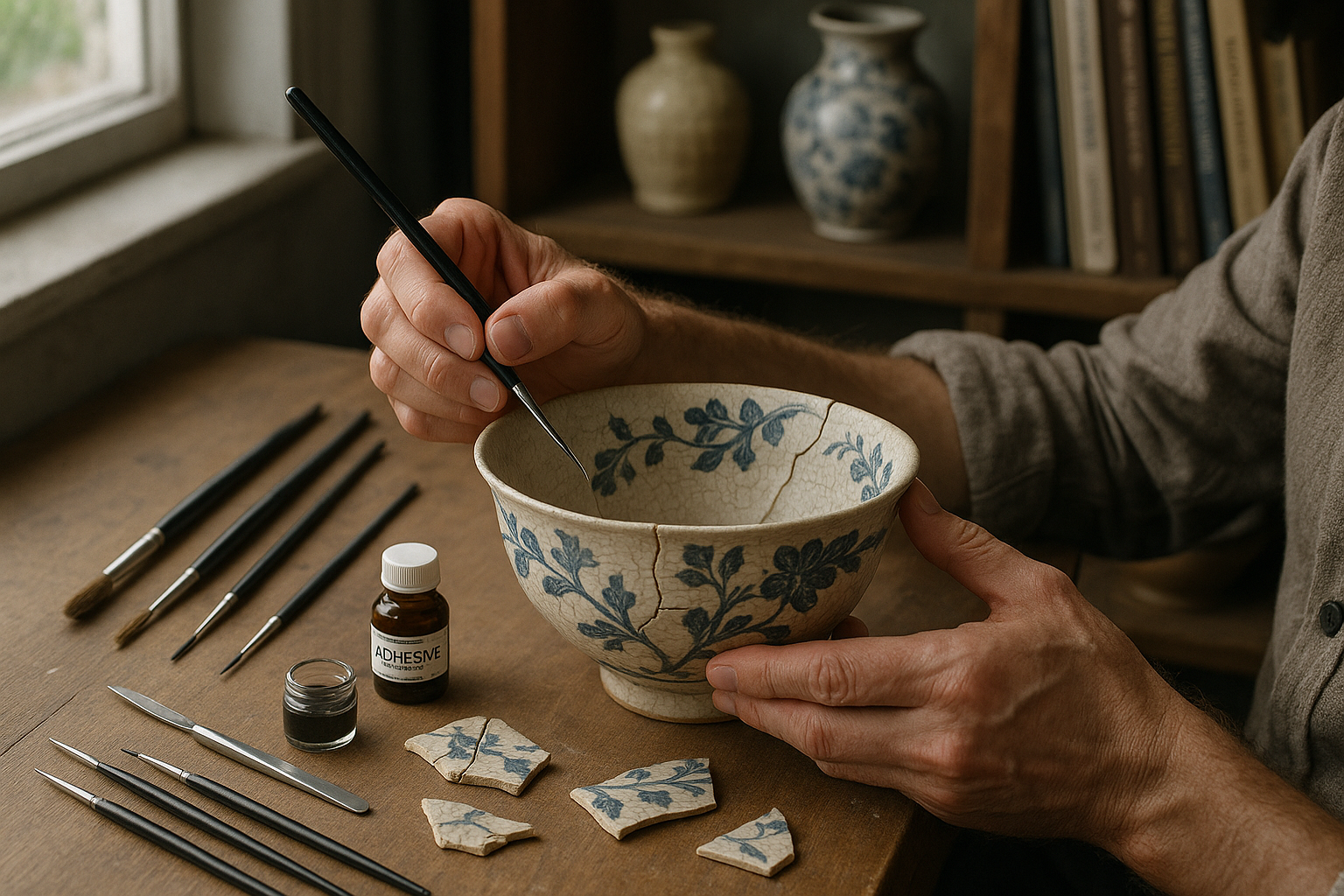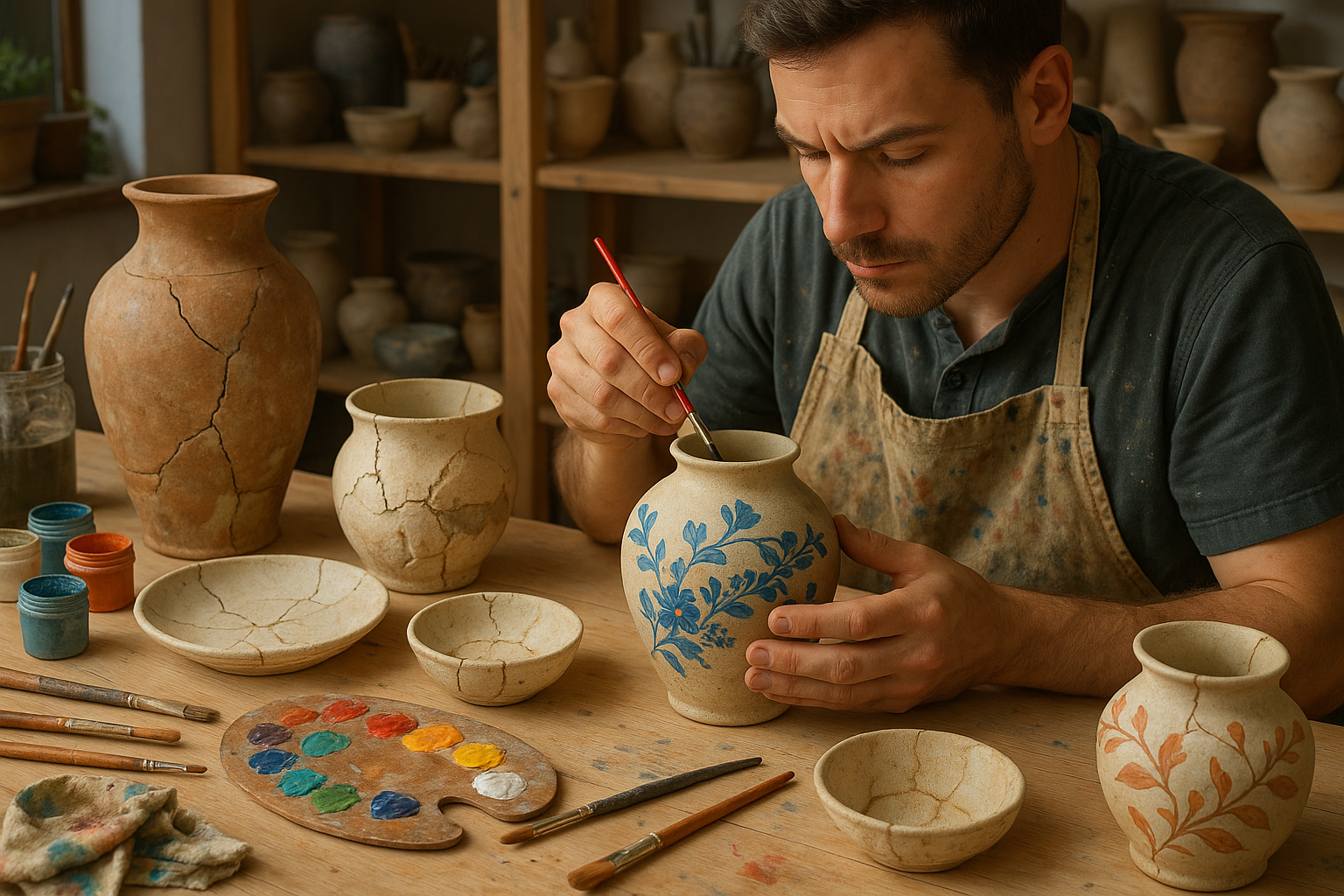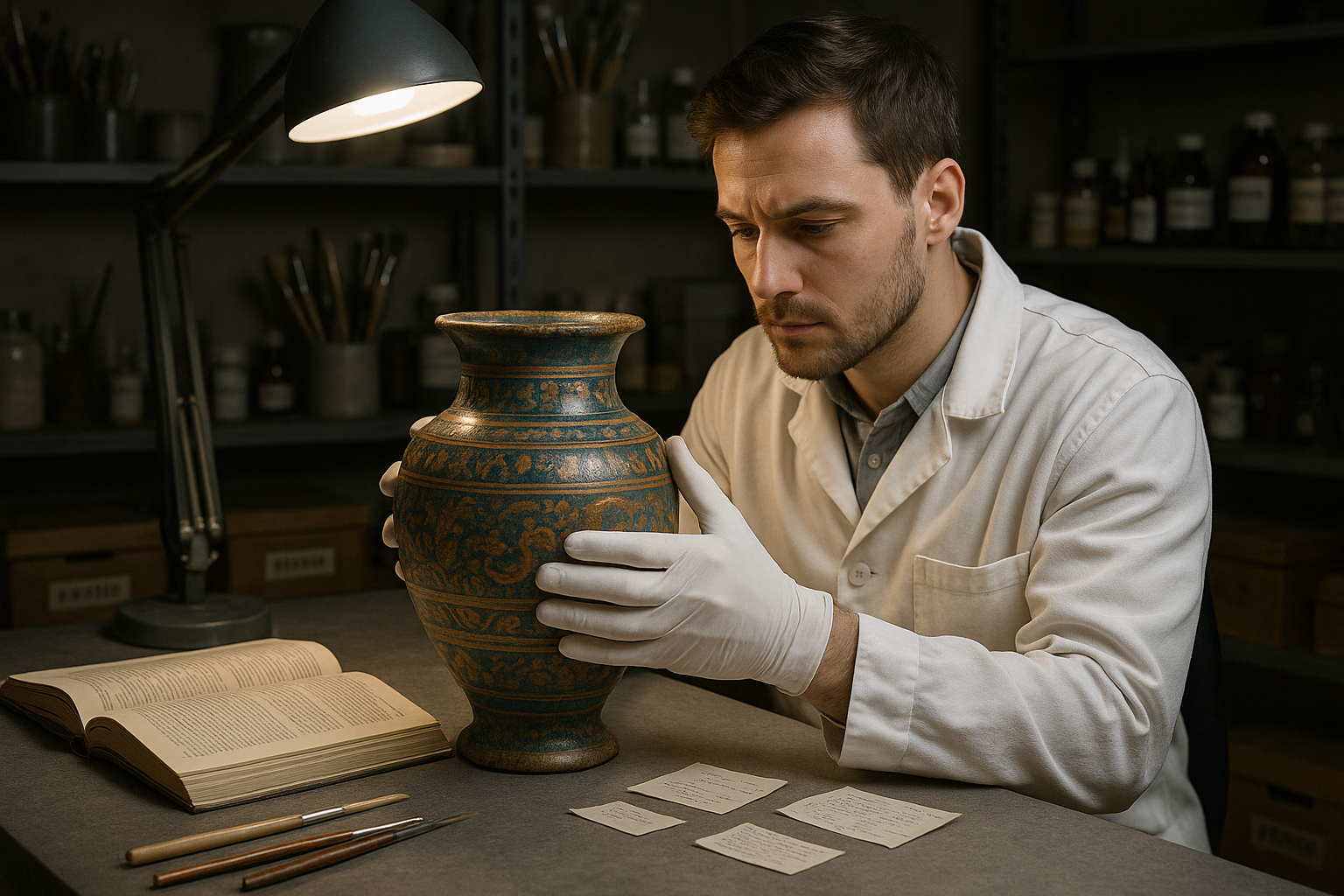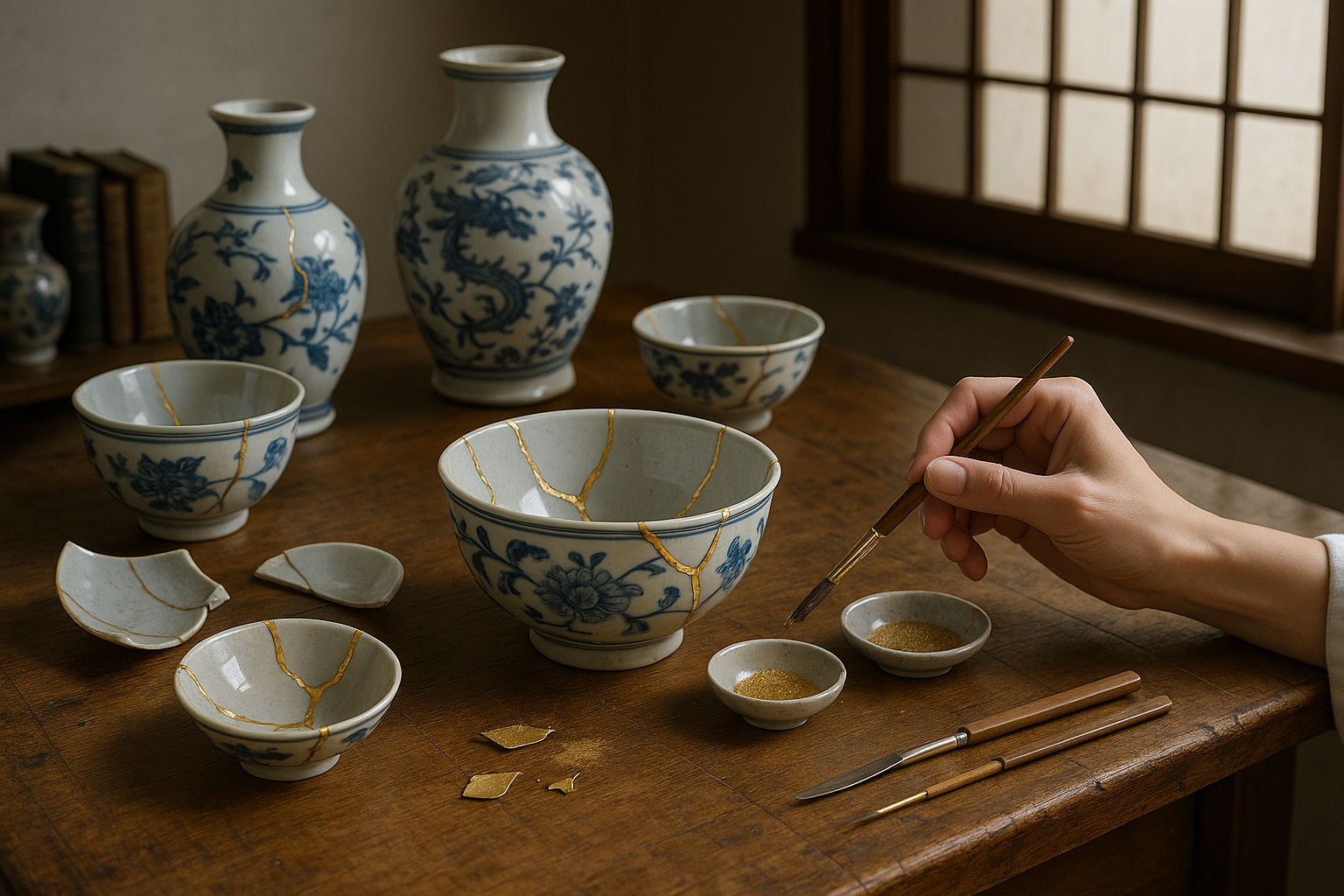In the quiet corridors of history, where ancient relics whisper secrets of bygone eras, lies an often-overlooked aspect of archaeology: toolmarks. These seemingly insignificant traces left by ancient tools hold the power to unlock stories of human innovation, daily life, and cultural evolution. But how do we ensure these marks, etched into stone, wood, and metal, are preserved for future generations? 🏺
The answer lies in the convergence of advanced preservation techniques and cutting-edge technology. As archaeologists and preservationists delve deeper into the secrets of toolmarks, they are uncovering a wealth of information about past civilizations. This article will explore the fascinating world of toolmarks and how modern science is helping to preserve them.
Toolmarks are more than just scratches or indentations; they are the fingerprints of ancient craftsmanship. From the intricate carvings on a piece of pottery to the chisel marks on a stone monument, these impressions provide insight into the tools and techniques used by our ancestors. Understanding toolmarks allows us to piece together the puzzle of historical craftsmanship, shedding light on the technological advancements and cultural practices of ancient societies.
Preserving toolmarks is a delicate art, requiring a blend of traditional methods and innovative approaches. In recent years, advancements in digital imaging, laser scanning, and material analysis have revolutionized the way we document and conserve these marks. These technologies not only enhance our understanding of the past but also ensure that these vital records are safeguarded for future study.
Throughout this article, we will delve into the various techniques used to preserve toolmarks, from high-resolution imaging to 3D modeling. We will explore how these methods have been applied in real-world scenarios, offering a glimpse into the meticulous process of archaeological preservation. By examining case studies, we will illustrate the profound impact that advanced preservation techniques have had on our ability to decipher the mysteries of toolmarks.
Moreover, the preservation of toolmarks extends beyond the realm of archaeology. It intersects with fields such as forensics, where understanding toolmarks can play a crucial role in solving crimes. By preserving and analyzing these marks, forensic experts can link tools to specific criminal activities, providing invaluable evidence in legal cases. This crossover demonstrates the broader implications of toolmark preservation, highlighting its significance in both historical and contemporary contexts. 🔍
As we journey through the world of toolmarks, we will also address the challenges faced by preservationists. The task of conserving these delicate imprints is fraught with difficulties, from environmental factors that threaten their integrity to the ethical considerations of preserving cultural heritage. By exploring these challenges, we aim to provide a comprehensive understanding of the complexities involved in toolmark preservation.
Ultimately, this article seeks to illuminate the vital role that toolmarks play in our understanding of history and the innovative techniques that are ensuring their preservation. Whether you are a seasoned archaeologist, a history enthusiast, or simply curious about the secrets of the past, this exploration into the world of toolmarks promises to offer new insights and ignite your imagination. Join us as we unlock the secrets of toolmarks and preserve the rich tapestry of human history for generations to come. 🌟
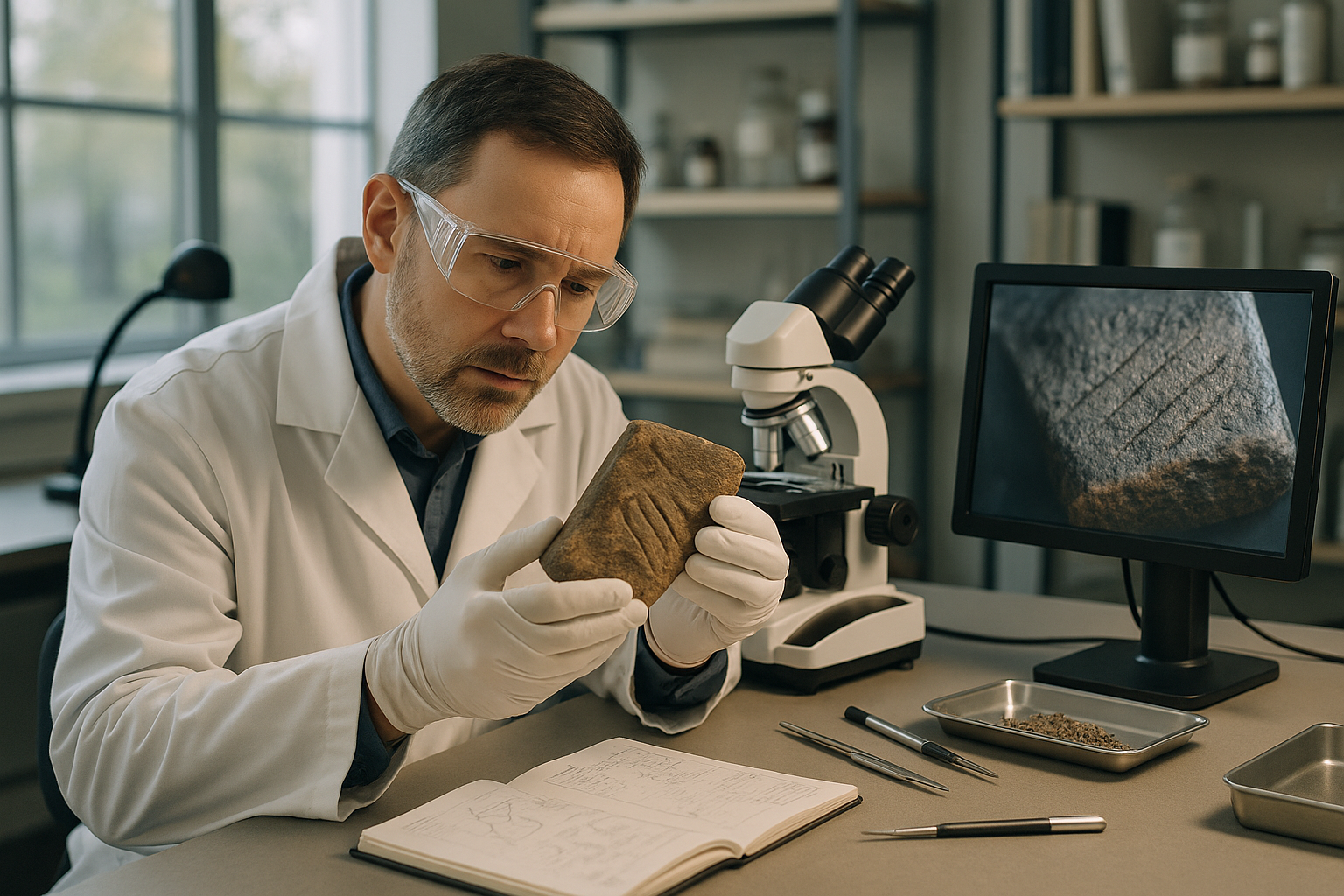
Conclusion: Embracing the Legacy of Toolmarks
The exploration of toolmarks offers us a fascinating glimpse into the past, revealing the intricate craftsmanship and techniques employed by our ancestors. This article has delved into the significance of toolmarks in understanding historical artifacts, the advanced preservation techniques that are unlocking their secrets, and the role of technology in revolutionizing our approach to artifact conservation.
Firstly, we discussed how toolmarks serve as a vital connection to our history, providing insights into the manufacturing processes, cultural contexts, and technological advancements of past civilizations. The meticulous study of these marks allows historians and archaeologists to piece together narratives that might otherwise remain untold.
The article further explored the innovative preservation techniques that are making it possible to study toolmarks without damaging the original artifacts. Methods such as 3D scanning and digital imaging are at the forefront of this revolution, offering non-invasive ways to document and analyze these marks in unprecedented detail. By preserving toolmarks digitally, we not only safeguard them for future generations but also enhance our current understanding through more precise analysis.
Moreover, the integration of machine learning and AI in analyzing toolmarks was highlighted as a game-changer. These technologies can identify patterns and anomalies that might be missed by the human eye, thus contributing to a more comprehensive understanding of historical craftsmanship.
The importance of preserving toolmarks extends beyond academic curiosity. It reinforces the value of our cultural heritage and its role in shaping modern identity. By unlocking the secrets of toolmarks, we honor the ingenuity and skill of those who came before us, and we enrich our own appreciation for the human story.
As you reflect on the insights shared in this article, consider how these advanced preservation techniques can be applied in various fields of study and how they might influence your own perspective on history and heritage. We encourage you to share this knowledge with others, sparking conversations that could lead to new discoveries and innovations in preserving our past. 🏺🔍
Thank you for joining us on this journey through history’s imprints. Feel free to share your thoughts in the comments below or engage with our community by sharing this article with those who share your passion for the past. Together, let’s keep the dialogue alive and the discoveries flowing.
—
This conclusion aims to encapsulate the core themes of your article while engaging the reader and encouraging further interaction. Remember, the inclusion of active links and references should be done with careful verification to ensure their current accuracy and relevance.
Toni Santos is a restoration artist and historical design specialist devoted to reviving the beauty and soul of the past. Through meticulous craftsmanship and a deep respect for heritage, Toni brings antiques back to life—preserving not just objects, but the stories they carry through time. With hands trained in traditional restoration techniques and an eye for age-worn elegance, Toni restores furniture, artworks, artifacts, and heirlooms with precision and reverence. His work reflects a belief that restoration is not correction—it’s conversation between the old and the present. Blending artistry, conservation ethics, and historical research, Toni approaches every piece as a narrative in wood, metal, leather, or fabric—each with scars that speak of eras gone by. Whether repairing a hand-carved chair or reviving a forgotten painting’s vibrance, he respects the integrity of original craftsmanship while honoring its continued life. As the creative force behind Vizovex, Toni shares before-and-after showcases, restoration walkthroughs, and visual essays exploring the techniques and philosophies behind authentic antique revival. His platform celebrates: The timeless value of handcrafted work The quiet artistry of repair and preservation The cultural memory embedded in material objects The delicate balance between age and renewal For collectors, curators, artisans, and lovers of legacy, Toni’s world is an invitation to see restoration not as fixing what’s broken—but as restoring what still lives beneath the dust of time.

